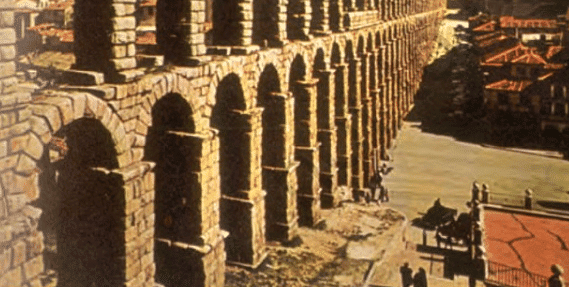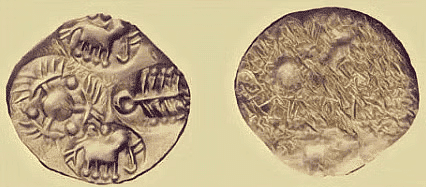Vital Villages, Thriving Towns Class 6 Worksheet History
 Q1: Fill in the blanks
Q1: Fill in the blanks
(i) ___________was a word used for large landowners in Tamil.
(ii) The gramabhojaka often got his land cultivated by the ___________and _________________.
(iii) Ploughmen were known as ________________in Tamil.
(iv) Most grihapatis were ______________landowners.
(v) Punch marked coins were made of____________.
(vi) _________________are tall double-handled jars that contained liquids such as wine or oil.
Q2: State True (T) or false (F)
(i) Grama Bhojaka also functioned as a judge, and sometimes as a policeman.
(ii) Mathura was an important centre for the worship of Lord Shiva.
(iii) The Tamil terms are found in Sangam literature.
(iv) Ring wells were used for bathing.
(v) Stamped red-glazed pottery, known as Arretine Ware.

Q3: Answer the following Questions
(i) Why were Varanasi and Madurai famous?
(ii) How wealth is measured during early times?
(iii) How did Dasa Karmakara earn a living?
(iv) Who was Dasa Karmakara?
(v) What were aqueducts?
(vi) When did the use of iron begin in the subcontinent?
(vii) What are ring wells?
(viii) What were ring wells used for?
(ix) Where were some of the largest collections of iron tools found?
(x) What does vellalar mean?
(xi) What were Shrenis?
(xii) Who was called Grama Bhojaka?
(xiii) What is Sangam literature?
(xiv) What was Arikamedu during ancient India?
(xv) What do you understand by Jatakas?
(xvi) Make a list of the occupations of people who lived in Mathura.
You can access the solutions to this worksheet here.
FAQs on Vital Villages, Thriving Towns Class 6 Worksheet History
| 1. What are the key differences between villages and towns in terms of trade? |  |
| 2. How does trade benefit villages and towns? |  |
| 3. What role do markets play in the trade activities of villages and towns? |  |
| 4. How has modernization affected trade in villages and towns? |  |
| 5. What challenges do villages face in maintaining trade compared to towns? |  |





















